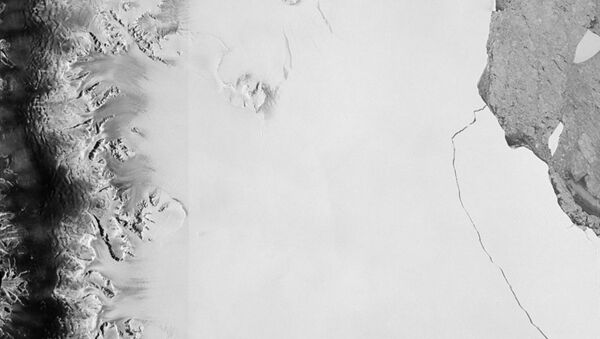The iceberg's area is about 5,800 square kilometers, which is comparable with the size of Wales and is almost twice the size of Luxemburg.
"We have been anticipating this event for months, and have been surprised how long it took for the rift to break through the final few kilometers (miles) of ice," leading researcher Adrian Luckman of the British Antarctic project MIDAS said in a statement, published on the official website of the project.
According to the head of the climate program of the World Wildlife Fund (WWF) in Russia, Alexei Kokorin, the split of the giant iceberg in Antarctica was facilitated by the warming of the Southern Ocean. He argued that the ice shelf was washed away by ocean waters from the bottom.
"The iceberg broke off the ice shelf, because it was washed away by the ocean's warming waters from the bottom. There is a slight increase in the temperature of the surface water of the ocean, and this is what we call global warming," Kokorin said.
So far, experts can't predict how the situation will develop further. They suggest that the iceberg may split into several parts, or remain intact for decades, drifting to the north.


